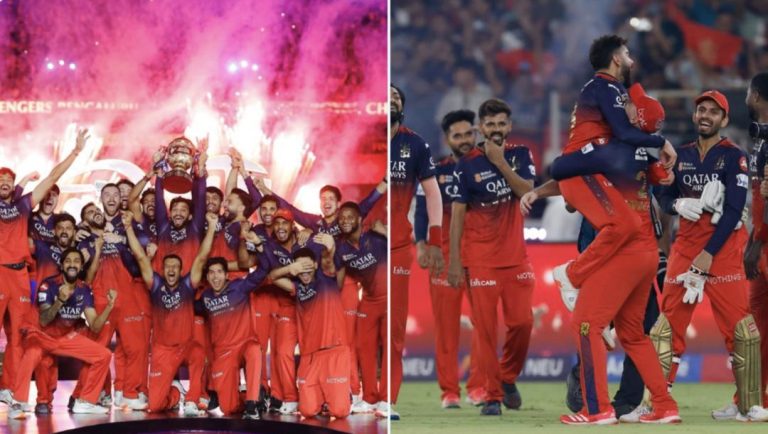
Insta Grabs Attention Fast; FB Builds Lasting Community & Loyalty
When it comes to social media marketing, two platforms reign supreme: Instagram and Facebook. While both are essential tools in today’s digital landscape, they serve distinct purposes and offer varying benefits. In this blog post, we’ll delve into the unique strengths of each platform, exploring how they can be leveraged to build brand recall and loyalty.
Instagram: The Flash-in-the-Pan
Instagram, with its visually-driven interface and ephemeral content, is designed to grab attention quickly. Users scroll through their feeds, pausing only briefly to engage with a post that catches their eye. The platform’s fleeting nature is intentional, encouraging brands to create content that is both captivating and concise.
This fast-paced environment can be both a blessing and a curse for marketers. On the one hand, Instagram’s immediacy allows for rapid experimentation and iteration, making it easier to test and refine content strategies. On the other hand, the constant stream of new content can make it challenging to build sustainable brand awareness and loyalty.
Facebook: The Community Builder
Facebook, on the other hand, is built around fostering dialogue and community engagement. The platform’s News Feed algorithm prioritizes posts that encourage discussion, comments, and shares, creating a sense of stickiness that keeps users invested in the conversation.
Facebook’s emphasis on community building has a profound impact on brand loyalty. When users participate in discussions, share content, and engage with others, they develop a deeper emotional connection with the brand. This, in turn, drives brand recall and fosters a sense of belonging.
The Best of Both Worlds
While Instagram excels at grabbing attention and Facebook builds lasting community, it’s clear that both platforms have their own unique strengths. To build a comprehensive social media strategy, marketers need to incorporate both the immediacy of Instagram and the stickiness of Facebook.
Here are a few ways to leverage both platforms:
- Use Instagram for awareness and consideration: Share visually-driven content, such as product demos, tutorials, or behind-the-scenes glimpses, to grab users’ attention and drive awareness.
- Use Facebook for community building and loyalty: Share longer-form content, such as blog posts, videos, or podcasts, to foster dialogue and encourage engagement.
- Share cross-platform content: Repurpose Instagram content for Facebook, and vice versa, to maximize reach and engagement.
- Monitor and respond to comments: Engage with users on both platforms to build relationships and foster a sense of community.
The Data Behind the Difference
To better understand the differences between Instagram and Facebook, GrowthJockey analyzed user preferences and engagement on both platforms. The findings are telling:
- Instagram users spend an average of 53 minutes per day on the app, with 70% of that time spent scrolling through their feeds.
- Facebook users spend an average of 38 minutes per day on the platform, with 60% of that time spent engaging with posts and groups.
- Instagram users are more likely to engage with branded content (44% vs. 34%), but Facebook users are more likely to make a purchase (44% vs. 27%) as a result of seeing a brand’s post.
Conclusion
In conclusion, while Instagram excels at grabbing attention and Facebook builds lasting community, both platforms are essential tools in today’s digital landscape. By leveraging the strengths of each platform, marketers can build brand recall and loyalty, driving business results and achieving their social media goals.
Source:
https://www.growthjockey.com/blogs/instagram-vs-facebook-user-preferences-and-engagement






